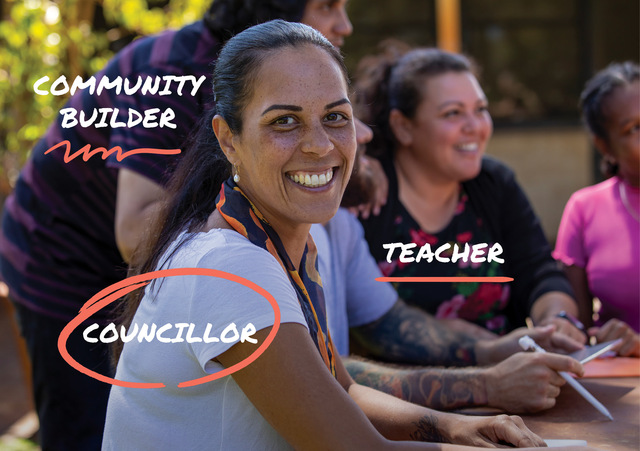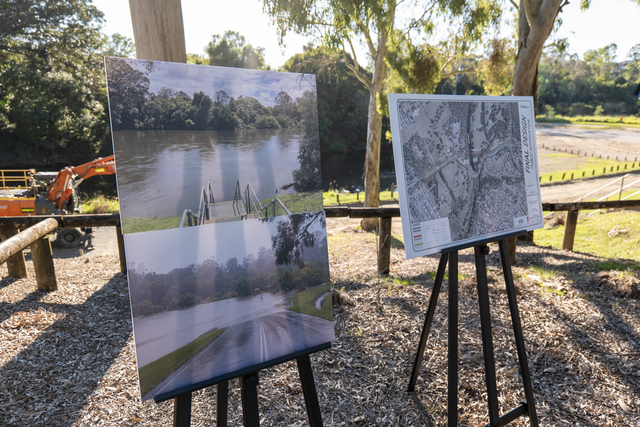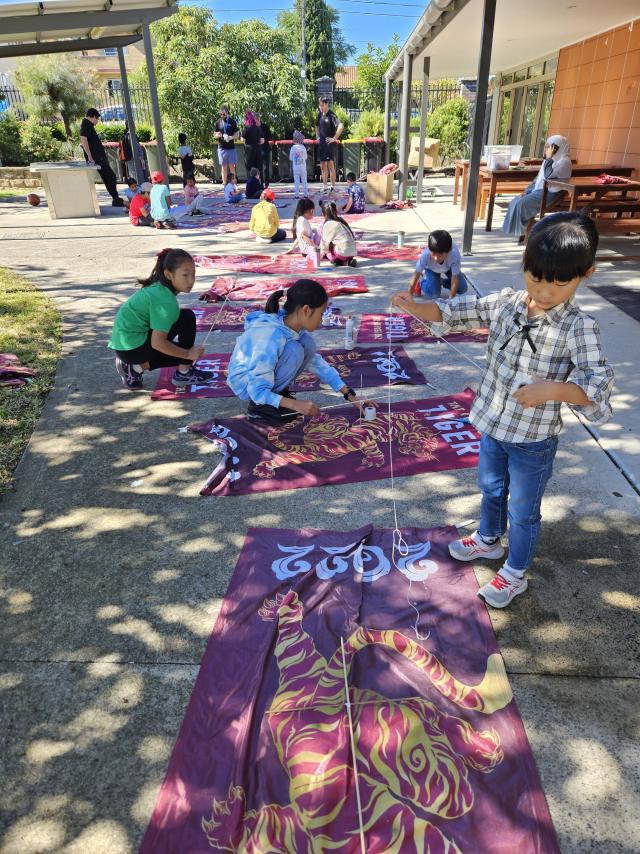With the assistance of their colleagues at ALGA, LGNSW believe they have teased out the most important components of the May 2023 Federal Budget for the local government sector. Their summary is below.
Financial Assistance Grants
The 2023-24 Budget maintains the system of payments to support local government, through Financial Assistance Grants including maintaining but not increasing the quantum in real terms. In 2023-24, the Australian Government will provide $3.106 billion in Financial Assistance Grants funding to local governments across Australia.
The Government will advance 75 per cent of funding earlier than would usually occur, maintaining current practice and assisting councils with cash flow. The Financial Assistance Grants as a proportion of Commonwealth Tax Revenue in 2023-24 is estimated to be 0.5 per cent, continuing the decline further from the 1 per cent of Commonwealth tax revenue ALGA and LGNSW are calling for.
Roads
While roads funding has been largely maintained, we would have preferred to see an increase in funding to assist councils as they continue their long response to the Statewide Roads Emergency following the severe weather and flooding over the past year.
Roads to Recovery funding for 2023/24 is set at $483.9 million ($132.7 million for NSW), which is stable. Identified Local Road Grants are maintained at $954.8 million ($277 million for NSW). Black Spots funding is set at $120.1 million ($35.9 million for NSW), and for the Bridges Renewal program, $95 million ($20.8 million for NSW).
Local Roads and Community Infrastructure Program
ALGA advocated for a continuation of the Local Roads and Community Infrastructure Program at $500 million per annum. While the LRCI program has been continued for the next three years (2023/24: $350 million, 2024/25: $250 million, 2025/26: $250 million) the funding has been reduced and the program will phase out by the end of 2025-26.
As well as the critical roads funding, this program has been so important in investing in parks, sporting facilities, tree planting, cycling and walking paths and improving accessibility and access. These investments are critical to what makes our communities liveable and we call on the Australian Government to reconsider its decision to phase out this funding.
Other measures
Skills: The Budget reflected the Australian Government’s late April announcement that it would invest up to an addition $3.7 billion for a five-year National Skills Agreement to be negotiated with states and territories, alongside a further $400 million to support another 300,000 TAFE and VET fee-free places. This is good news for councils, businesses and communities grappling with severe skills shortages.
Aged care: An additional 9,500 home care packages will be made available across Australia in 2023-24 ($166.8 million), to meet the growing preference for older people to continue to live independently in their own home. Many councils deliver these services in partnership with the Commonwealth .
Flood and river gauges: The government will provide $236.0 million over 10 years from 2023/24 (and $13.9 million per year ongoing from 2032/33) to remediate high priority flood warning infrastructure and address critical reliability risks. The Bureau of Meteorology will acquire, upgrade and integrate local and state government-owned rain and river gauges into its existing flood warning network. This investment aligns with a key LGNSW recommendation to the NSW Independent Flood Inquiry.
Rental assistance: From September 2023, the maximum rates of Commonwealth Rent Assistance will increase by 15 per cent for eligible recipients, meaning about 1.1 million households will be better off. Multiple 2022 LGNSW Annual Conference resolutions sought action on housing and homelessness, and LGNSW has advocated directly to the Federal Government in line with these resolutions calling for urgent measures to address the rental affordability crisis.
Sustainable urban development: Two new programs have been announced that are intended to promote sustainable urban development. We will seek further details on these programs and opportunities for councils:
* $211.7 million over three years from 2023/24 to establish the Thriving Suburbs Program to provide grants for community infrastructure in urban and suburban communities through a competitive grants program
* $159.7 million over four years from 2023/24 to establish the Urban Precincts and Partnerships Program to support investment in place-based priorities of local urban communities through a collaborative partnerships approach with state, territory and local governments and communities.
Bulk billing incentive: The federal Budget announced a tripling of the bulk billing incentive paid to GPs. GPs practicing in more rural and remote areas receive a higher incentive payment, so the tripling will hopefully go some way to attracting more GPs to rural and regional NSW and is line with longstanding LGNSW advocacy.
More information and analysis about how the Federal Budget will impact local government can be found at the Australia Local Government Association website.








